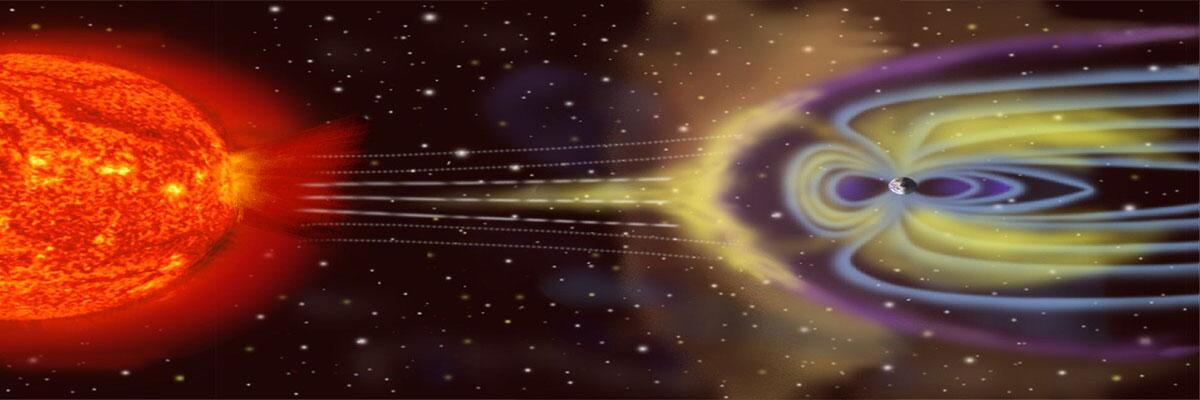New method to predict solar storms developed

A team of scientists have found a way to predict the Suns activity over the coming decades, which could help better prepare against solar storms that may cripple satellite communications and Earths electric power grids
Kolkata: A team of scientists have found a way to predict the Sun's activity over the coming decades, which could help better prepare against solar storms that may cripple satellite communications and Earth's electric power grids. In a study published in the journal Nature Communications, the team also showed that there is little possibility of a Sun-induced climate cooling in the coming year.
Researchers from Indian Institute of Science Education and Research (IISER) Kolkata and Inter-University Centre for Astronomy and Astrophysics (IUCAA) Pune put forward a prediction for the upcoming sunspot cycle which reveals the expected conditions in space over the next decade. "This research has direct relevance for protection of India's space-based technological assets and the global climate," said Sourav Pal, Director of IISER Kolkata.
Using a novel technique devised by Professor Dibyendu Nandi from IISER Kolkata and his PhD student Prantika Bhowmik, the team predicts that the next sunspot cycle will start about a year after the end of the current cycle and peak in 2024. They also predict that space environmental conditions over the next decade would be similar or slightly harsher compared to the last decade. "The space weather is governed by a constant stream of charged particles -- electrons and protons -- flowing out from the Sun and permeating the solar system," said Nandi, who is also a research associate at IUCAA.
Occasionally, the Sun releases spurts of charged winds that travel towards the Earth at astonishing speeds, he said. These result in space storms that can cripple satellites, trip electric power grids and lead to large-scale telecommunication breakdowns. "It has been known for some time that the cycle of sunspots control all these aspects of solar activity and determines its influence on our space environment and climate," said Bhowmik. Astrophysicists have been attempting for decades to devise methods to predict the future occurrence of sunspots. Sunspots can measure up to ten times the size of Earth, with magnetic fields ten thousand times stronger.
These spots have been observed through telescopes since the times of Galileo. According to the researchers, the current sunspot cycle dubbed as solar cycle 24 is just ending and it has been one of the weakest cycles in a century. In fact, over the last several decades, successive sunspot cycles have significantly weakened in strength.














